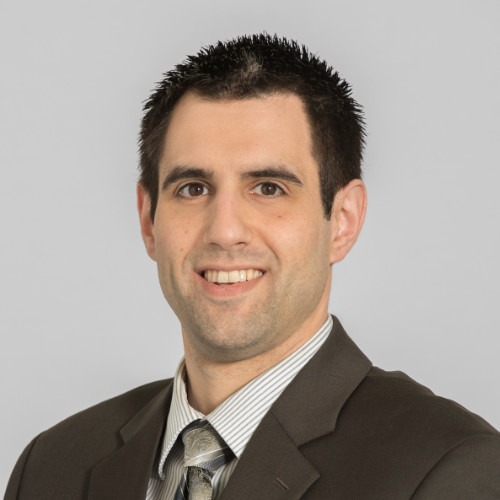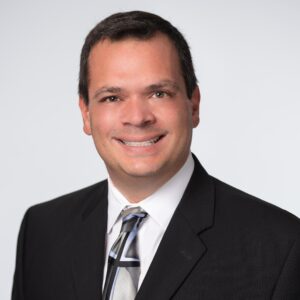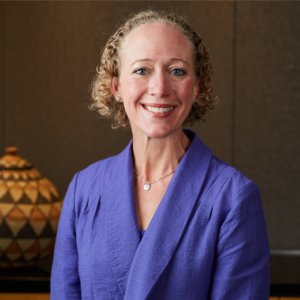Much ado about sex offenders
Signed into law by Oklahoma Governor Brad Henry in June, The Sex Offenders Long-Term Care Facility Bill has generated a fair amount of buzz from LTC industry practitioners. Although some people are outright disgusted with the idea of housing sex offenders in any facility, most feedback came in the form of puzzlement: “What will it be? Where should it go? How can it work?” Wes Bledsoe, champion of this facility and founder of activist organization A Perfect Cause, replies to these concerns in the following interview withLong-Term Living Staff Writer Kevin Kolus.
Kolus: How did you get involved in LTC activism and why do you refer to your cause as A Perfect Cause?
Bledsoe: My involvement as an activist started just over eight years ago, and it was because of my grandmother’s death due to negligent acts in an Oklahoma nursing home. I was living in Southern California at the time and I received a call from my brother that “granny is at the hospital, the nursing home has killed her,” on May 8 of 2000. That was one of those change-your-life phone calls. So I started investigating the circumstances of her death and asked questions to officials and just found I was not getting what I considered any appropriate answers to what had happened to my grandmother, or to what has happened to so many other people in long-term care. I started doing research, analysis, and reporting on LTC issues, in the process starting an organization called A Perfect Cause, and the name basically comes from the book
The Science of Mind by Dr. Ernest Holmes. It says “a perfect cause must produce a perfect effect.” So, my mission is to end needless suffering and preventable deaths in what started as just people in long-term care, and I see that mission expanding into other areas outside of long-term care as well. I got into the sexual predators issue four years ago. Literally, within just a few days, we had identified that we had inmates, parolees, registered sex offenders, sex offenders who were not required to register, as well as this population everyone is aware of that assaults residents but are not charged because either the assailant and/or victim are of diminished capacity. The easiest to track in that group are the registered sex offenders because back then, in May of 2004, most states had an online sex offender registry.
How Bledsoe Discovered Offenders: First, Bledsoe downloaded Medicare’s database available on its Web site. Then, using online sex offender registries such as Family Watchdog, he identified offenders living in LTC facilities. With a combination of General Accounting Office reports* and this search model, Bledsoe eventually found 60 murders, rapes, and sexual and physical assaults committed by criminal offenders while inside American LTC facilities. Some Statistics from GAO:
|
Kolus: Is an existing facility in Oklahoma going to be used or is a new one going to be built?
Bledsoe: The statute calls for the Department of Health to set up the requirements, policies, and procedures that need to be part of a bid for this facility. Once that criteria is established, there will be a request for proposal, then operators can bid to establish that facility. If the winning operator chooses, it can be an existing facility or it could be a new facility. But it must meet the requirements put into the proposal.
Kolus: When is the proposal due?
Bledsoe: There is not a specific date by statute, but everyone involved wants to see it sooner than later.
Kolus: What has the response been from leaders in the LTC industry?
Bledsoe: Initially there was mixed feedback, and this was four years ago when I brought this issue to light. Since then, literally everybody in the LTC industry—families, advocates, legislators—concluded in an interim study last October that we had to establish a separate LTC facility for offenders.
Kolus: How are you expecting that this facility will attract and retain staff when the turnover rate is poor to begin with?
Bledsoe: I don’t have an answer for that. It will mostly depend upon what the operator of that facility will decide. We need to give the staff considerable training, above and beyond the regular training they receive. When you look at departments of corrections or the Bureau of Prisons, they have training for medical staff above basic medical treatment. There also needs to be additional security. Staff needs to be trained how to recognize situations and protect themselves. There needs to be different layers of security to make sure residents are safe from each other as well as keeping staff and visitors safe.
Kolus: Is there the potential for this facility to resemble a prison with people being segregated from each other and, figuratively, “on lock down?”
Bledsoe: I think it’s an excellent question and one that all of us need to work on. I want to oppose the idea that this is a prison. It’s not. It’s a LTC facility that is providing what I refer to as ‘appropriate resident care for a specific population.’ This population has needs that are not being met in our traditional LTC facilities. What we have uncovered is that these people are much younger, predominately male, so there are some obvious differences with traditional residents. Are therapy and activities being provided to these offenders to keep them engaged to deal with their psycho-social needs? Oftentimes what we find is that these sex offenders end up in that so called ‘secure lock down unit.’ But what this is supposed to be is a special, secure LTC facility.
Kolus: Any other thoughts?
Bledsoe: I think there is an absolute risk to staff and residents of (nonoffender) LTC facilities where we have violent and sexual offenders living. By setting up a separate facility, we can lower the danger imposed by these offenders dramatically. This is new ground. We want to take advantage of any information or knowledge that anyone has. The bottom line is we believe we are providing a service for the offenders—and there are a lot of people outraged that we are spending time or money on offenders. But we cannot advocate to throw these people under the bus. They are human beings and we have to provide them with an appropriate level of care, ensuring that their special needs are being met in a facility with a heightened sense of security.
Bledsoe encourages you to send him any ideas or suggestions at

Kevin Kolus wrote for I Advance Senior Care / Long-Term Living when he was an editor. He left the brand in 2012. He is now senior communications manager at Cleveland Clinic.
Related Articles
Topics: Articles , Facility management , Regulatory Compliance











